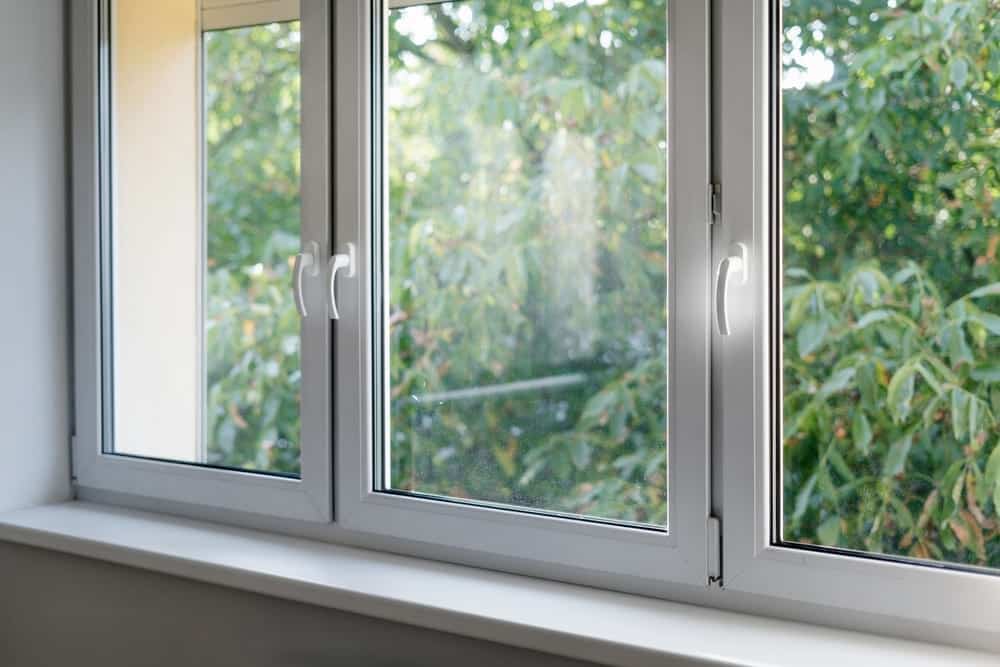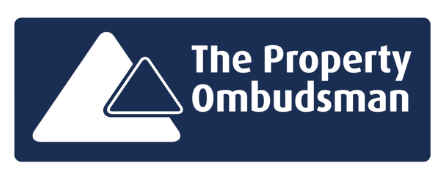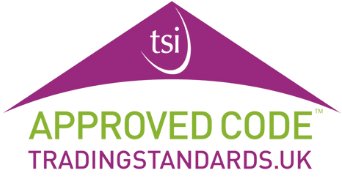Forms and documents play a crucial role in selling property.
One of the best examples is a TA7 form.
Read on to learn what it covers, why it matters and how to get one.
TA7 forms
A TA7 form (also known as a leasehold information form) is a document completed by the seller of a house when it’s a leasehold property.
You usually find this with flats, although other types of houses can also be leasehold.
A TA7 form gives the buyer key information about the lease, such as:
- Lease length
- Service charge
- Ground rent
- Conditions (e.g., whether pets are allowed).
- Property management company information
- History of work done on the building.
And more.
The TA7 form is typically completed in the early stages of selling a house. It’s one of the first things you send to the potential buyer.
How to get a TA7 form
Your solicitor will provide you with the TA7 form.
If you’re selling, they’ll have a blank template that you can fill in.
It has 10 sections:
- Section 1 – Property details
- Section 2 – Management information pack
- Section 3 – Building management
- Section 4 – Contact information
- Section 5 – Maintenance and service charges
- Section 6 – Notices
- Section 7 – Consents
- Section 8 – Complaints
- Section 9 – Alterations
- Section 10 – Enfranchisement
How long does it take to fill in a TA7 Form?
In a best-case scenario, it could take a few hours.
However, if you don’t have all the information available, it could take a few days or more.
Any enquiries made by your solicitor may take weeks to be resolved if the other party is slow to respond.
You should thus start this process as soon as possible. This involves getting a reliable solicitor by your side.
Can you be forced to get a TA7 Form?
Yes, in England and Wales, a person selling a leasehold property is required to complete a TA7 form.
TA7 Form costs
Whilst the form itself does not cost money, a solicitor’s help filling it out often costs around £100 to £250.



















